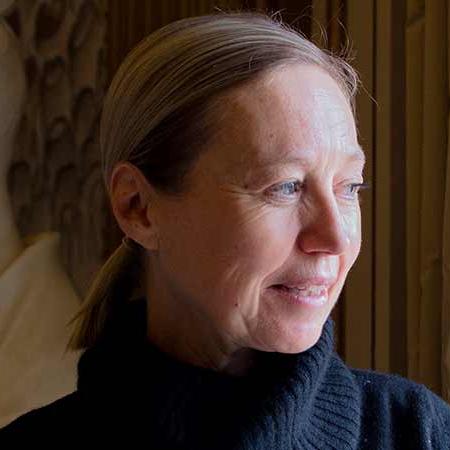Véronique Gouverneur champions study that expands the radiochemical space available for PET Imaging
A research group led by Merton's Professor Véronique Gouverneur, Tutor in Organic Chemistry, has developed a novel method to generate fluorine-based chemical radiotracers which will aid in disease diagnosis and drug discovery. Their work, undertaken in collaboration with Cardiff University, Colorado State University, and industrial partners from Pfizer, Janssen and UCB, has been published in the scientific journal Nature. One of the lead authors of this study is Merton alumnus Dr Jeroen Sap (2016).
The results of their study unveil for the first time access to fluorine-18 (18F) labelled difluorocarbene, a powerful new tool capable of generating a wide variety of 18F-labelled biologically and medicinally relevant molecules. 18F is an artificially generated radioactive isotope that emits positrons, subatomic particles that release gamma rays when they collide with electrons. In a similar way to X-rays, gamma rays can be used to image the body - however, unlike X-ray imaging, which requires an external source, positron emission tomography (PET) can track the movement of molecules containing a radioisotope, such as 18F, throughout the body. These molecules can be used to monitor metabolic processes related to disease or provide information on a drug molecule’s behaviour in the body.
The Nature paper presents a method to prepare the highly reactive [18F]difluorocarbene species of molecule for immediate use in PET ligand discovery programmes. The simplicity of the protocol and the highly diverse range of molecules labelled with 18F that it brings within reach means that applying this creative radiochemistry should spark new programmes to advance nuclear medicine imaging.
Professor Gouverneur commented:
“Expanding the radiochemical space available for the invention of the perfect PET radiotracer is the dream of all imaging scientists. We are now one step closer, having designed a reagent that releases a reactive 18F-labelled difluorocarbene capable of unlocking four new reactions for radiochemistry. We are very much looking forward to seeing how this novel radiochemistry will be deployed by the imaging community.”
